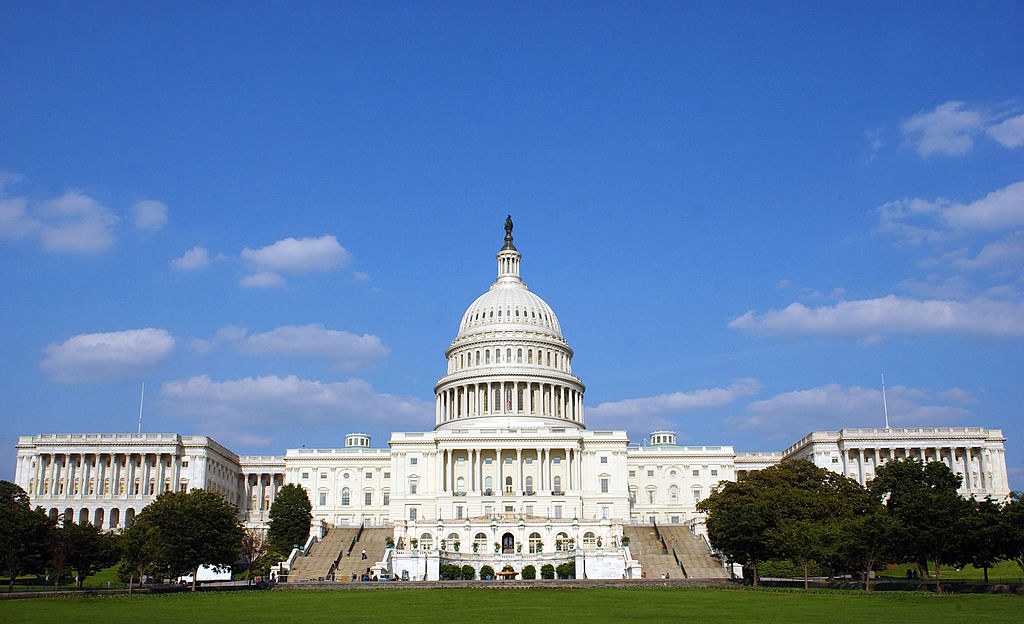Biden’s Social Security Changes Could Have Big Impacts By 2024
With the projected depletion of the Social Security Old Age and Survivors Insurance Trust (OASI) by 2033, President Joe Biden has put forward a comprehensive four-point strategy to fortify the trust’s finances and address the $22.4 trillion deficit revealed in the 2023 Trustees Report.
Reductions Could Occur
The failure to rectify this shortage could lead to potential benefit reductions of up to 24% for retirees starting in 2033.

Source: Getty Images
Middle And Lower-Income Earners Will Be Impacted
While certain aspects of Biden’s proposed changes will primarily impact high earners and corporate executives, who possess retirement savings significantly surpassing the average American, others will impact middle- and lower-income wage earners, particularly those who anticipate relying on social security benefits in the future.

Source: Robert Alexander/Getty Images
Implement Payroll Tax for Income Over $400,000
Currently, a 12.4% payroll tax applies to earned income up to $160,200. Any earnings exceeding this threshold are exempt from OASI taxes.

Source: Alamy
Biden's Plan
Biden’s plan entails imposing the payroll tax on earned income exceeding $400,000, leaving wages between $160,200 and $400,000 untaxed.

Source: Drew Angerer/Getty Images
Change the Way COLA Increases Are Calculated
Social Security benefits are annually adjusted through Cost of Living Allowance (COLA) to account for inflation. Currently, COLA is calculated using the Consumer Price Index for Urban Wage Earners and Clerical Workers (CPI-W), which may not accurately reflect the expenses of retirees.

Source: Getty Images
Additional Funds
Shifting to figures tied to the Consumer Price Index for the Elderly could inject additional funds into the pockets of retired individuals facing financial challenges.

Source: creativemarket.com
Increase the Primary Insurance Amount
The Primary Insurance Amount (PIA) determines the amount of Social Security benefits, based on the age of claiming benefits and the Average Indexed Monthly Earnings (AIME).

Source: Getty Images
Increasing the PIA
Elevating the PIA for Americans aged 78 to 82 would assist those encountering escalating costs, particularly healthcare expenses, in their later years.

Source: Goodboy Picture Company / Getty Images
Increase the Special Minimum Benefit for Lifetime Lower-Wage Workers
Individuals with lower wages receive a special minimum benefit, regardless of their earnings during their working years. A lifetime low-earning worker would receive approximately $12,402 in annual Social Security benefits.

Source: AJ_Watt/ Getty Images
Raising The Minimum Benefit
Biden intends to raise the minimum benefit to 125% of the federal poverty level for individuals. For instance, in 2023, this enhancement would result in a monthly earning of $1,518.75 for those receiving the special minimum benefit.

Source: Drew Angerer/Getty Images
Congress Will Likely Not Approve The Plan
Regrettably, the plan is unlikely to secure Congressional approval. A comprehensive Social Security reform necessitates bipartisan cooperation in Washington. It’s an aspect that has proven challenging, as Democrats and Republicans have yet to find common ground regarding strategies to fortify Social Security funds and enhance benefits for those most in need.

Source: Stefan Zaklin/Getty Images
